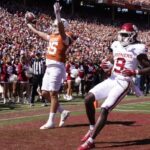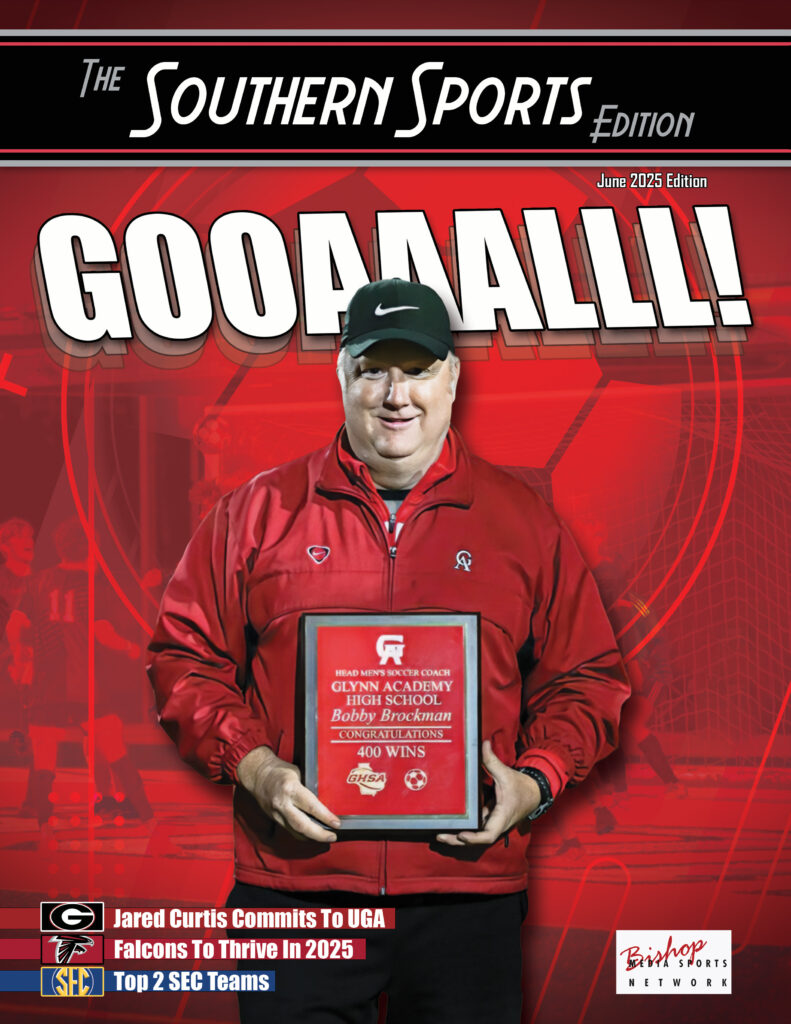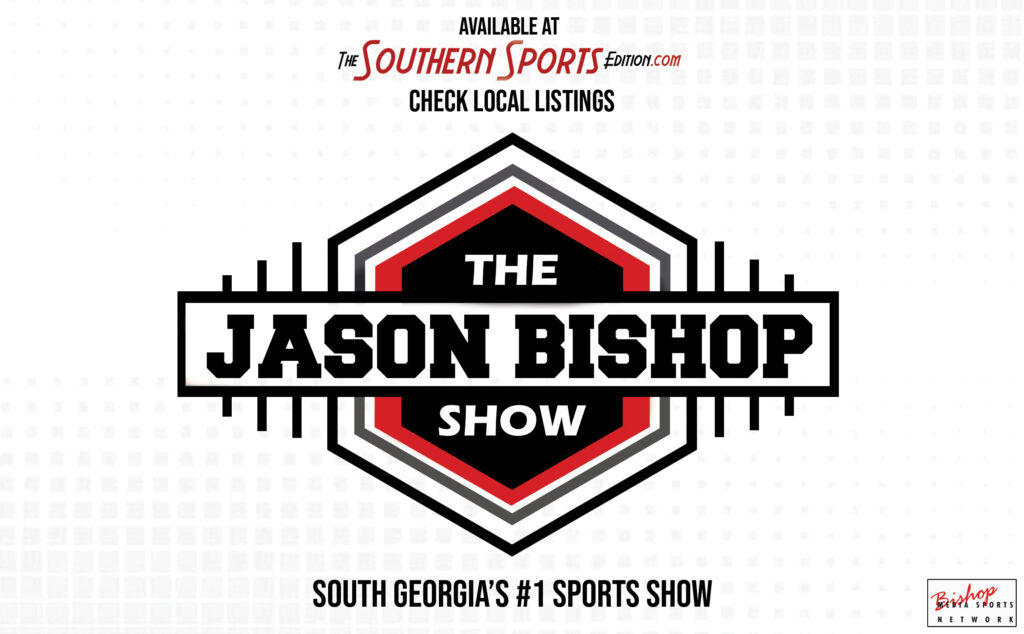NCAA
In The Courts
 By: Robert Craft
By: Robert Craft
TheSouthernSportsEdition.com news services
Big 12 presidents and chancellors voted to approve proposals of what is expected to be a multi-billion dollar settlement in the House v. NCAA class-action lawsuit.
Their approval is another step toward a resolution in the landmark case likely to reshape the college sports business model.
The Big 12 is the first of the suit’s defendants to vote on the settlement terms. The remaining power conferences and NCAA Board of Governors also expected to vote this week.
Settlement details are expected to include north of $2.7 billion in back-pay damages the NCAA will owe to former Division I athletes, as well as a revenue-sharing model between power-conference schools and athletes for NIL deals in the future, according to sources briefed on the negotiations.
The damages, made available to Division I athletes dating back to 2016 as back-pay for lost name, image and likeness (NIL) earning opportunities, would likely be paid out over 10 years via a combination of NCAA reserve funds and reductions in future revenue distributions to conferences.
The revenue sharing would be an optional model for power-conference programs, potentially as soon as next year, in which 22 percent of those schools’ average annual revenue — or roughly $20 million a year — will be distributable directly to athletes.
If finalized, a process that will take several months, the settlement would be the next and most significant overhaul to the long-standing framework of amateurism in college sports.
Once the NCAA and power conferences agree on the terms and both sides in the case sign off, the settlement will be submitted to Judge Claudia Wilken of the U.S. District Court for the Northern District of California for preliminary approval. If that gets granted, there would be a set period of roughly 90 days in which those in the retroactive damages class have an opportunity to opt out, and those in the future revenue-sharing class can object to the terms of the agreement.
That’s followed by a final approving hearing, at which point, if the judge approves, the settlement officially goes into effect.
A settlement would give the NCAA more input on payment structures for the damages and revenue sharing, as well as safeguards against other impending legal battles.
Settling the House case would resolve Hubbard v. NCAA and Carter v. NCAA, two other high-profile antitrust suits in which the plaintiffs are represented by Berman and Kessler in the Northern District of California, and hinder any additional antitrust complaints over the next decade, according to sources briefed on the settlement negotiations.
This is considered an important aspect of the settlement terms for the NCAA, which has faced an onslaught of legal challenges in recent years.
Newly configured roster limits for power-conference sports are also expected as part of the settlement, with specific scholarship figures to be decided collectively by those leagues in the coming months.
The Big 12’s approval comes in the wake of internal dissension within the NCAA in recent days, as the smaller, non-FBS Division I conferences argue that the proposed funding plan for settlement damages puts a disproportionate financial responsibility on them.
Lingering questions also remain beyond the settlement over Title IX’s role in future revenue sharing, the future of third-party NIL collectives and the ongoing debate over unionizing efforts and employment status.
Even though this may be the start of the settlement, we are still far from the future that College Athletes deserve.




